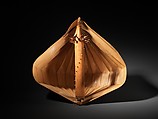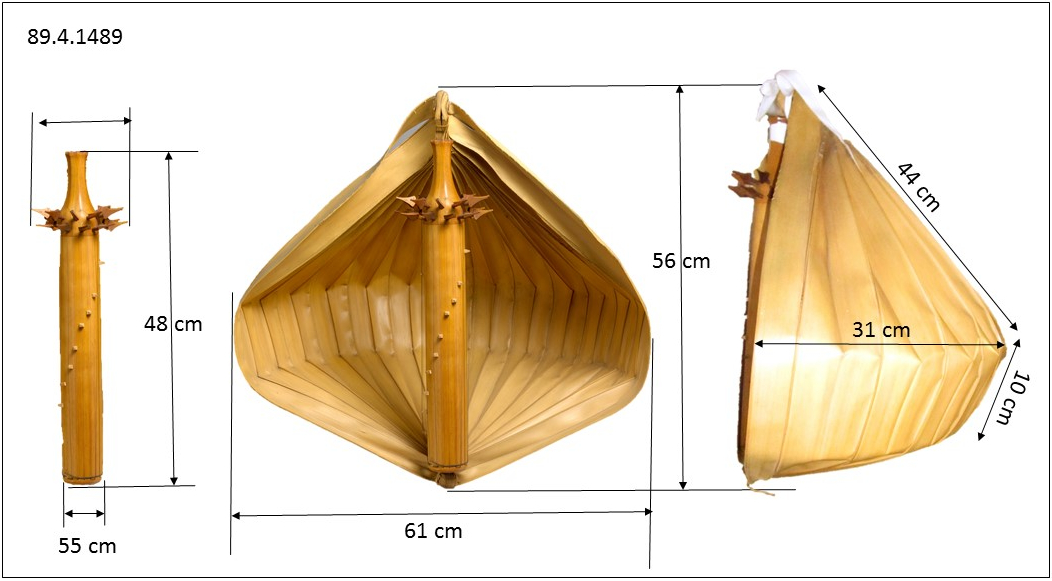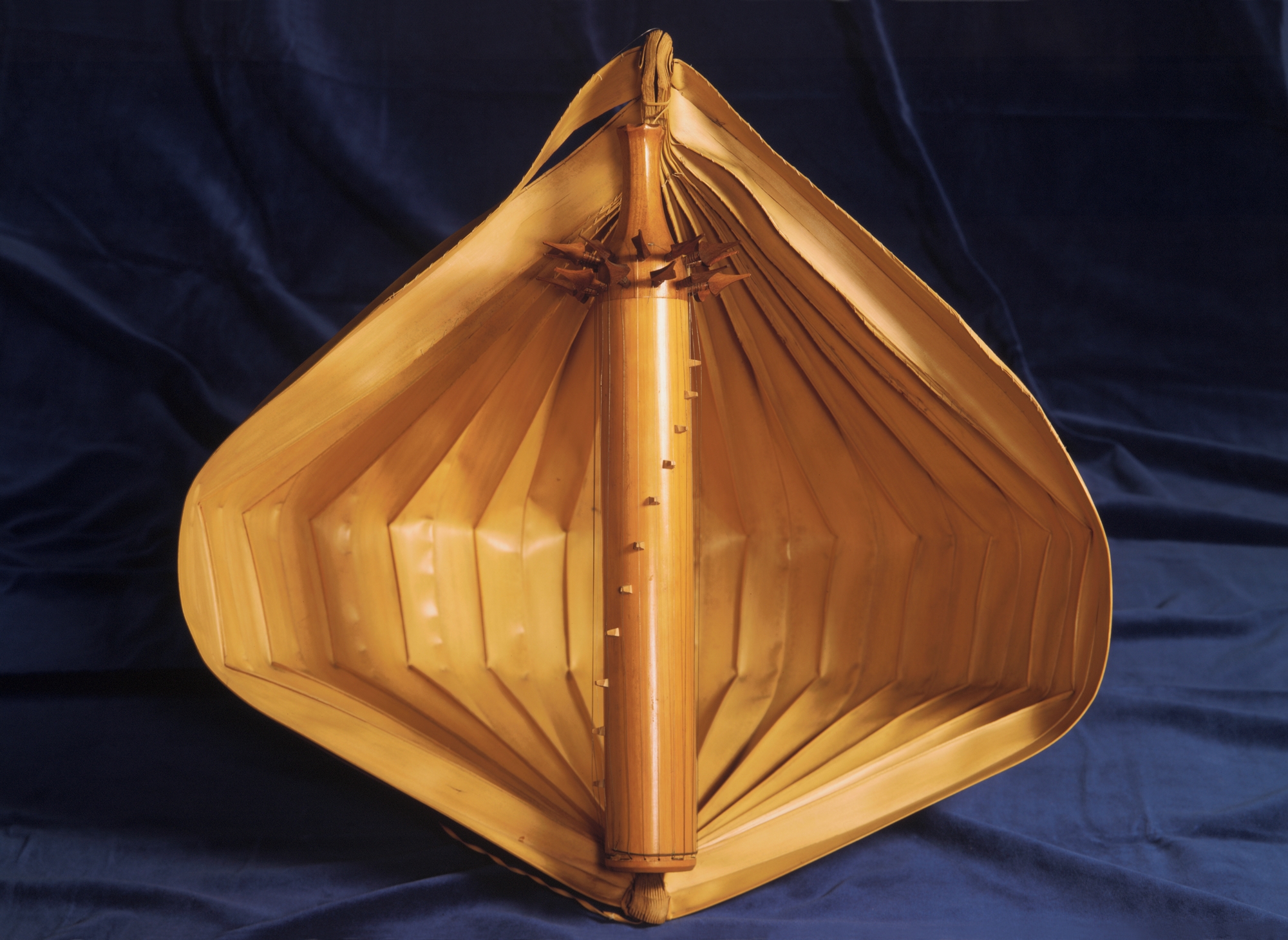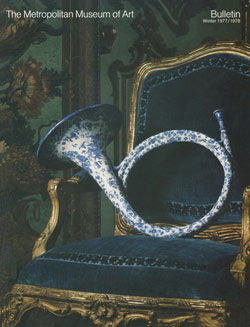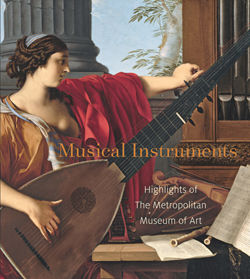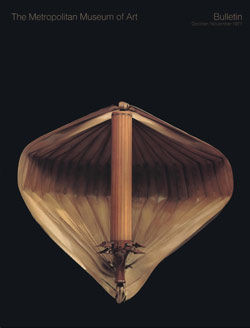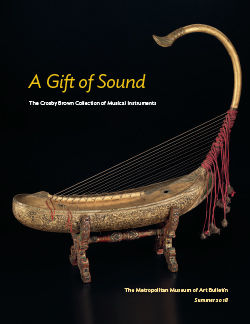Sesando
Among the most remarkable string instruments in Oceania is the sesando, a tubular bamboo zither with ten or eleven metal strings set in a sounding box made from the frond of a lontar palm. Collected on the Indonesian island of Timor, this sesando was likely made by a member of the local Rotinese community whose residents originated on the neighboring island of Roti. When playing, the musician uses the right hand to pluck the bass strings while the left hand plays the treble. The pitch is adjusted with a complex series of movable bridges and tuning pegs. Used at weddings and funerals, the sesando is believed to possess supernatural powers. Occasionally played as a solo instrument, this zither is predominantly used to accompany songs with verses composed in bini, a special poetic language, and refrains in ordinary Rotinese. The songs are often philosophical, portraying the world as dominated by inescapable fate and life as at times disappointing and ultimately fleeting.
#1765. Sesando
Due to rights restrictions, this image cannot be enlarged, viewed at full screen, or downloaded.
This artwork is meant to be viewed from right to left. Scroll left to view more.
